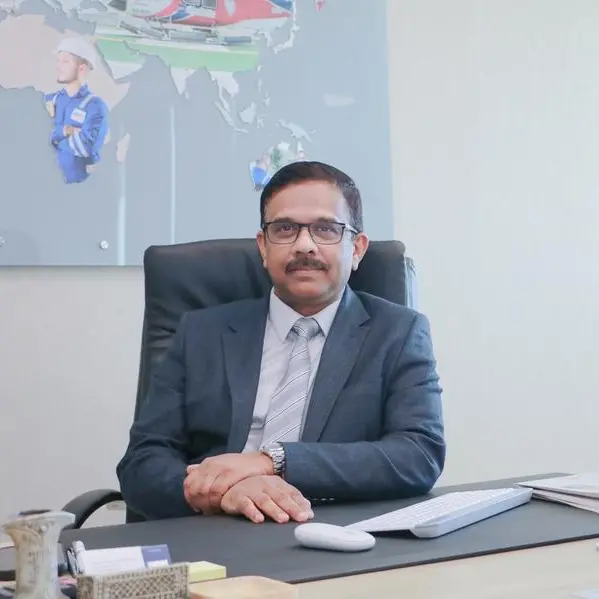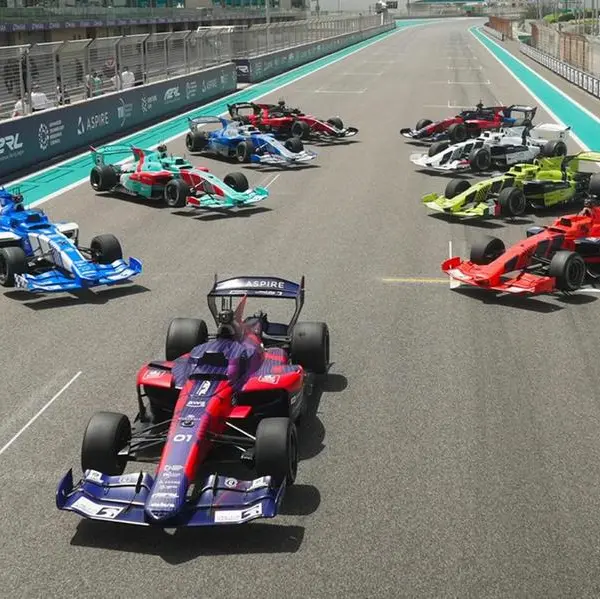Imagine a utopian world in which there are no traffic jams, no traffic lights, no accidents, and zero road rage – a transportation system that enhances human happiness. A major aspect of the human experience of the future is one where multiple technologies of the Fourth Industrial Revolution will come together in a harmony – as a manifestation of a ‘hive mind’ – as you go from one place to another.
Autonomous vehicles (AVs), or self-driving cars, trucks, and buses, are not merely examples of technology that stand alone in a consumer’s consciousness. They will bring together automobile engineering, robotics, artificial intelligence, big data, city design, and financial innovation in a seamless package that keeps the vehicle moving safely through the urban and highway transportation grids. This will also make more effective use of the road networks by increasing the throughput, or capacity, by up to five times.
“Smart highway routing concierges is a career that may emerge,” Jim Carroll, Futurist and Trends and Innovation Expert at J.A. Carroll Consulting, said at the World Government Summit 2018 in Dubai. “We are going to have to teach our cars how to travel in packs and talk to each other. What animal is good at doing that and traveling across the Antarctica in packs? An automotive company has hired the world’s leading expert in penguin behavior.”
At the same time, AVs will increase human productivity from the extra time freed up by doing away with the concentration of driving. And they are most likely to be powered by electricity.
Another major consequence of the imminent AV revolution lies in the changing land use patterns. The advent of the automobile originally resulted in the emergence of suburbs, as people found it easier to get to work even from relatively farther distances from their work places. The long-term expectation, with the adoption of AVs, is either the emergence of denser urban cores, more buildings, and fewer parking spaces, or even greater dispersion of low-density development in metropolitan fringe areas, given the ability of owners to engage in other activities while vehicles pilot themselves.
RIPE FOR DISRUPTION
Adam Jonas, Head of Global Auto Research for Morgan Stanley, says: “Your car is arguably one of the most underutilized, polluting, time-consuming, and dangerous machines on Earth. Consider that cars on average are in operation for only about an hour each day, but they account for 45 per cent of global oil demand and, on average, 3,500 daily deaths worldwide."
Add the hundreds of billions of hours people spend annually driving and riding in cars instead of engaging in other, potentially more productive activity, and automotive transportation as practical utility and time-consuming necessity seems ripe for a redesigned consumer experience and relationship.
These technologies and possibilities made for headline discussions at the World Government Summit 2018, where multiple sessions debated the new priorities that governments will need to face with the advent of more advanced levels of AI, robotics, and big data.
The Summit, from February 11 to 13, 2018, is host to the Global AI Governance Forum, with the aim of forecasting the future of government work in view of the latest advancements in artificial intelligence. While enabling governments to continue to perform their duties efficiently, AI enhances their ability to improve the quality of life and build trust in the community, especially around an intelligence that, on the face of it, operates without human intervention.
ROBOT VS. HUMAN DRIVER
AVs operate on a three-phase design known as ‘sense-plan-act’, which is the premise of many robotic systems. They also need to make sense of the complex and dynamic driving environment through a variety of sensors that obtain raw data and information from the surroundings.
These data would then serve as input for software which would recommend the appropriate courses of action, such as acceleration, lane changing, braking, and overtaking. With the robot at the wheel, figuratively speaking, all actions would be taken in a manner that optimizes fuel use and vehicle wear.
But that’s not all. A robotic car would never make a driving decision based on road rage, which is one of the primary causes of accidents and human stress. Human error is cited as the cause of more than 90 per cent of crashes in a National Highway Traffic Safety Administration presentation to the United States Congress.
Humans by nature will choose the shortest route to their destination, believing – often erroneously – that this will result in a shorter driving time and a lower fuel bill. The robot driver, on the other hand, will consider all the available alternatives dispassionately, and choose the most optimum route. The first steps towards this have already been taken by drivers consulting geo-mapping software such as Google Maps for traffic and route information before setting off. This will become automated when the robot driver takes charge.
There is also a clear possibility that the robot driver will keep the ‘social good’ in mind while choosing a route, so that potential congestion is spread over a wider axis of roads rather than on the shortest route.
THE CONNECTED CAR
Unlike humans, who find it difficult to multi-task while driving, the brain in your car is an ace at it. While changing gears, checking its blind spot, switching lanes, turning headlights on or off, and optimizing the cabin environment for you, it is also communicating with the grid, making route decisions, examining fuel recharging options, and a hundred other things.
For the planners of a city and even a nation, creating a paradigm for robust inter-vehicle connectivity is one of the top priorities. And private sector innovation holds the key. Amazon, for instance, has already patented a way for unmanned aerial vehicles to communicate with people; now, the company is looking at technology to allow drones to talk to each other, too, by creating a universal identification system for UAVs that transmits identifying certificates in flight and self-manage their flight paths to avoid in-air collisions.
Connectivity alone would be worthless, however, without relevant data being exchanged over the vehicular grid. Most cities collect and store traffic data retrospectively, for use in informing future decisions on infrastructure needs and traffic management process upgrades.
For the AV ecosystem to be effective, humans will need to build, probably from the ground up, a whole new archetype for gathering, processing, and analyzing real-time data. Such data bases will need to consider the types of data points to be collected, the means of collecting them so as to be effective for processing, the outcomes of data analysis, and the means of disseminating the data to receptors in the AV grid designed specifically for them.
This process creates what science fiction has been pleased to call the hive mind, or a system of shared thought processing in a group of people. In more scientific terms, this process is called Swarm Intelligence, or the collective behavior of decentralized, self-organized systems, natural or artificial. The concept is employed in work on artificial intelligence.
NO MORE TRAFFIC LIGHTS
Considered one of the primary irritants to human drivers, the red-amber-green system of regulating traffic at intersections could become history in an era of full vehicle automation. Several options to traffic lights have been proposed to regulate traffic flow, especially at intersections, when all the vehicles on the road are intelligent AVs.
One of these is the reservation-based system proposed by Kurt Dresner and Peter Stone of the University of Texas at Austin’s Department of Computer Sciences, at intersections outfitted with a wireless communication system using a specific protocol for communicating with AVs and giving them ‘permission’ or ‘time slots’ to pass. Of course, this would happen in real-time, at the speed of 5G (or better) data transfers.
According to the system, cars can only traverse intersections when allowed to by the protocol (as they do today by obeying red and green lights), but otherwise are free to decide for themselves how to drive. Each car is treated as an autonomous agent, and need not surrender control to any centralized decision maker.
Dresner and Stone say that their simulations show the reservation system works better than traffic lights, which an AV may not be able to ‘see’ – even with its array of sensing technology – on a rainy or foggy day, for example.
Amazon, again, patented in January 2018 a network that manages how AVs navigate reversible lanes. Reversible lanes indicate a change in direction of traffic with an overhead signal, making it a potential disaster zone for self-driving cars that haven’t yet been programmed to understand those signals. Amazon outlines a network that can communicate with AVs so they can adjust to the change in traffic flow.
OVERCOMING CHALLENGES
Intelligent and connected AVs are currently being positioned as the best possible solution for urban mobility in the future. However, for the ecosystem to be effective, digital infrastructure, traffic systems, emergency response systems, manufacturing systems, data and information handling and processing systems, and digital security systems all need to make quantum advances.
In the long run, however, such an ecosystem will impel a major shift in the financial model related to personal transportation. Morgan Stanley says the measure of the health of the automotive industry will need to make the shift from the number of vehicles sold to the total miles traveled, as shared, autonomous vehicles become more widespread and the industry’s business model evolves.
The consultancy estimates that in 2030, cars will drive more than 19.6 billion miles worldwide, far higher than the 10.2 billion they traveled in 2015. That pace of growth is much higher than the estimated production of cars and light vehicles during the same period, making shared vehicles “the natural solution”. Shared cars – taxis and cars operated by ride-sharing companies, but not car rental – in 2015 accounted for 4 per cent of global miles traveled. By 2030, Morgan Stanley estimates that number could reach 26 per cent.
Suzanne Samaan
Head of Media Relations, Arab Region
APCO Worldwide
Unit B104-B109
Level 1 Block B
Office Park Building,
Dubai Internet City, Dubai
PO Box 500746 UAE
(t) 971 4 3613869
(m) 971 55 9548682
(f) 971 4 3688001
ssamaan@apcoworldwide.com










